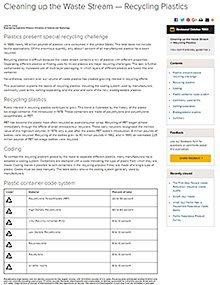

Cleaning up the Waste Stream — Recycling Plastics
Reviewed
Recycling plastics is challenging due to mixed materials and multi-layer packaging. Guide explains plastic codes, sorting methods, and biodegradable options.
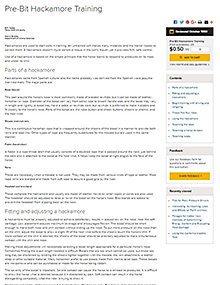
Pre-Bit Hackamore Training
Reviewed
Learn how to properly fit and adjust a hackamore to safely train young horses, ensuring effective communication without injuring sensitive mouth tissue.

Design Criteria for Debris Basins
Reviewed
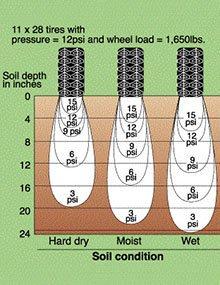
Soil Compaction: The Silent Thief
Reviewed
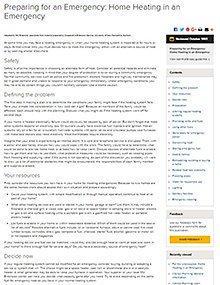
Preparing for an Emergency: Home Heating in an Emergency
Reviewed
At some time you may face a heating emergency. Visit our site for our Preparing for an Emergency: Home Heating in an Emergency guide.
Backgrounding Calves Part 1: Assessing the Opportunity
Reviewed
Backgrounding is the growing of steers & heifers from weaning until they enter the feedlot. Visit our site to learn more about backgrouding calves.
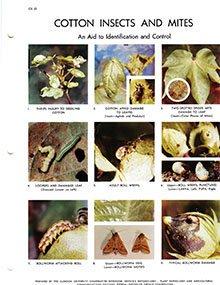
Cotton Insects and Mites
Reviewed
Editor's note

Portable Ladder Safety
Reviewed
Essential safety tips for using portable ladders, including proper selection, maintenance, and hazard prevention, to reduce the risk of falls and injuries.
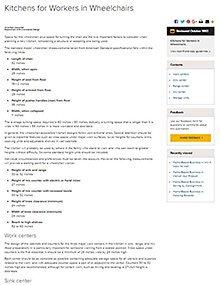
Kitchens for Workers in Wheelchairs
Reviewed
Design kitchens for wheelchair users with ample space, accessible storage, and adjustable counters to improve comfort and usability.
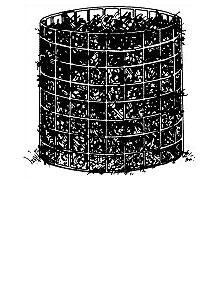
How to Build a Compost Bin
Reviewed
Learn to build compost bins using wire mesh or snow fencing. Includes materials, tools, and step-by-step instructions for effective composting.

Buying a Packaged Farm Building
Reviewed
Guidance on selecting and purchasing pre-engineered farm buildings, covering site preparation, construction types, and load requirements.

Hot Weather Livestock Stress
Reviewed
Learn how high temperatures and humidity affect livestock, and discover strategies to mitigate heat stress during summer months.

Aids to Independent Living for the Blind
Reviewed
This guide offers practical tools and techniques to support independent living for individuals with vision loss.
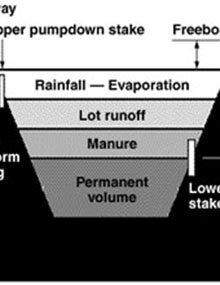
Earthen Pits (Basins) for Liquid Dairy Waste
New
Earthen pits are cost-effective structures for storing liquid dairy waste, requiring proper design and soil conditions to prevent contamination.
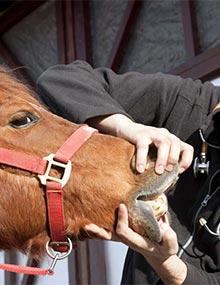
Health Hints for Your Horse
Reviewed
Learn about common ailments and injuries in horses, so you can prevent problems and ride more.

Show Me Healthy Relationships: Singles Course Workbook
New
Editor's note
This item is available for University of Missouri Extension internal orders only.
For more information, contact extpubs@missouri.edu
Collective Bargaining 3: Effective Negotiations - Page 4
Preparation of a bargaining book Preparation of a bargaining book
Before the first meetings with the company, many locals prepare a bargaining book to assist in the organization of all materials that are or may be useful in the negotiatio